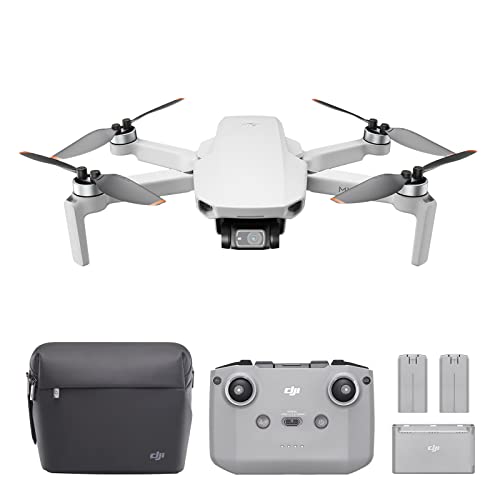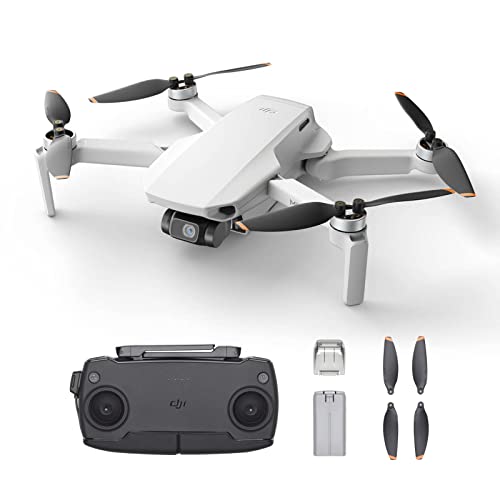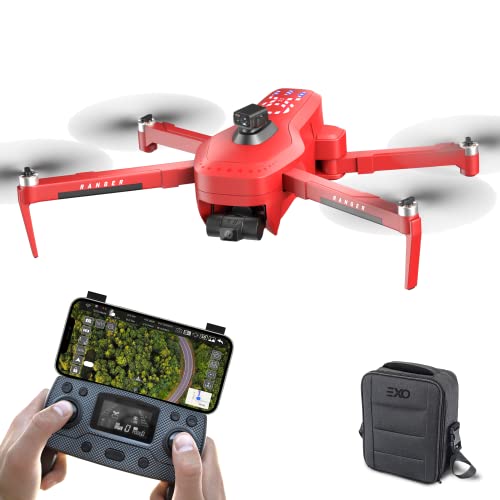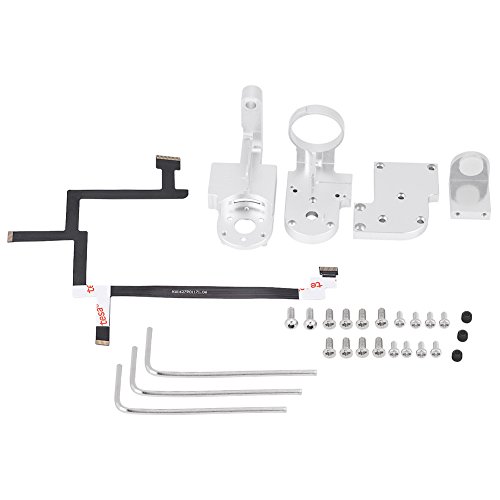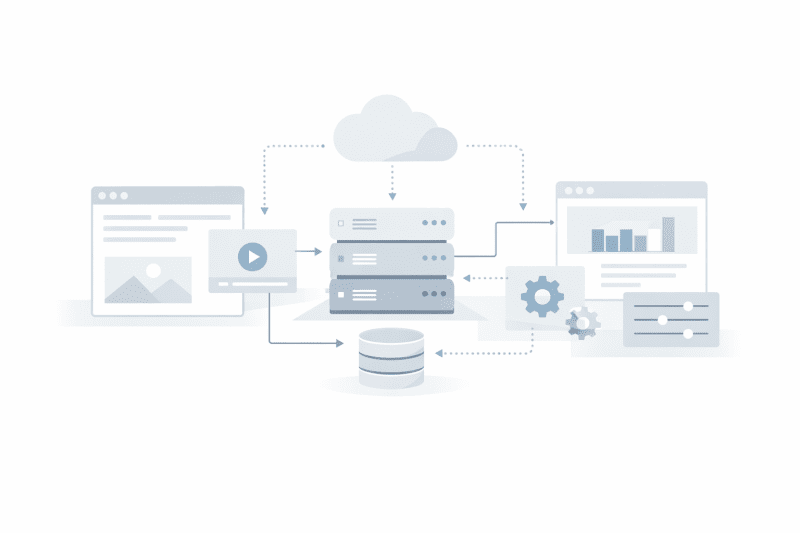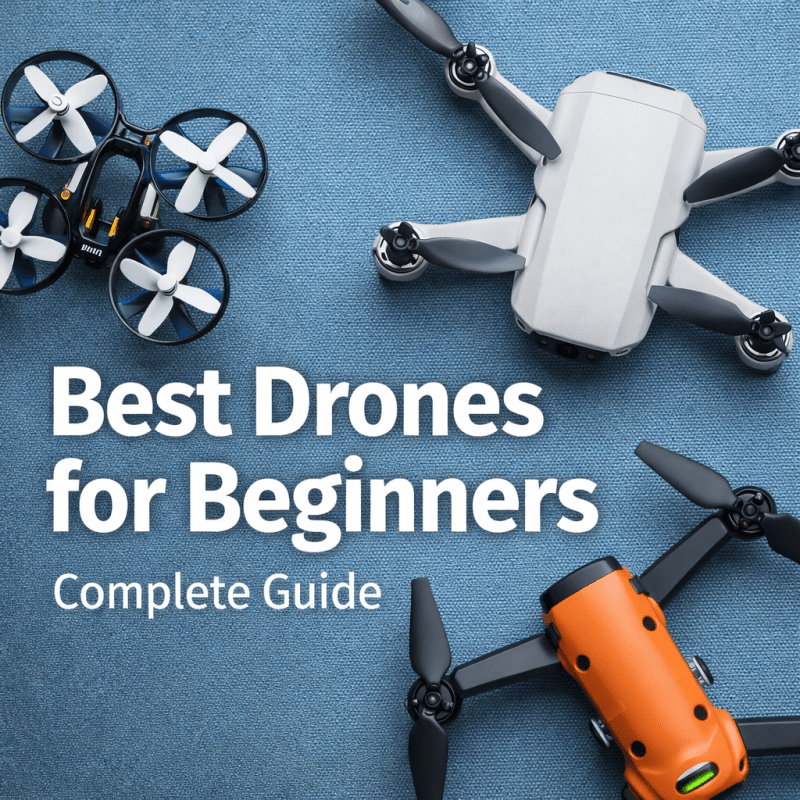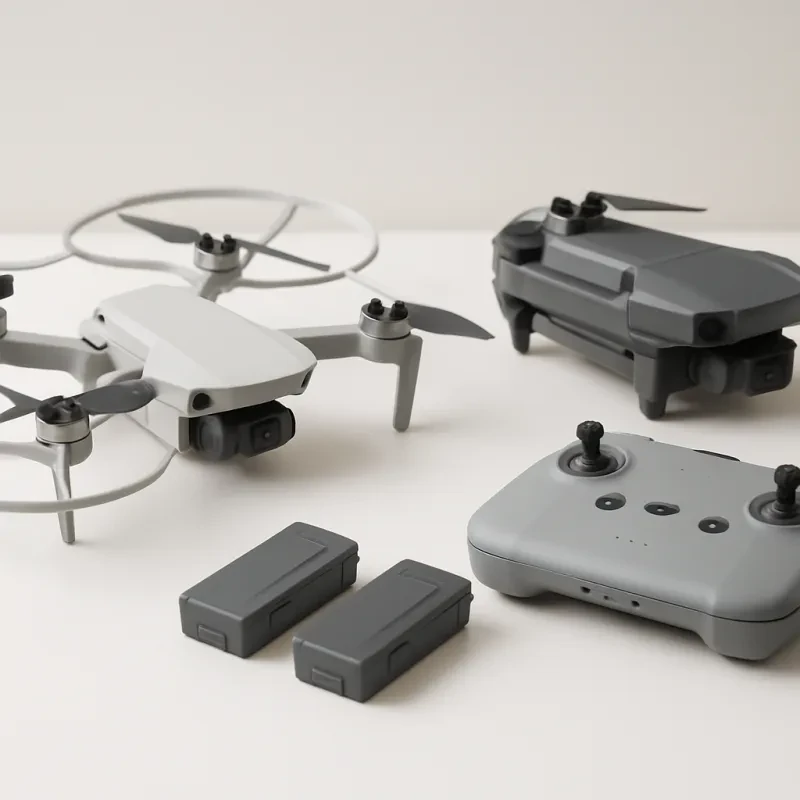When it comes to capturing stunning aerial footage with a drone, having a reliable gimbal is crucial. A gimbal is a device that helps stabilize a camera or other equipment to ensure smooth and steady footage, even when the drone is moving or encountering turbulence. In this article, we'll give you a basic understanding of drone gimbals and their importance in capturing high-quality footage.
What is a drone gimbal?
A drone gimbal is a device that attaches to the drone and holds the camera or other equipment. It's designed to keep the camera level and steady, even when the drone is moving or tilting. A gimbal typically consists of three motorized axes (pitch, roll, and yaw) that work together to stabilize the camera.
Why are gimbals important for drone footage?
Gimbals are essential for capturing smooth and stable footage from a drone. Without a gimbal, the footage will likely be shaky and unusable. Gimbals can also help reduce the amount of post-production work needed to stabilize footage, which can save time and improve the final product.
Types of drone gimbals
There are several types of drone gimbals available, including 2-axis gimbals, 3-axis gimbals, and brushless gimbals. 2-axis gimbals stabilize a camera in the pitch and roll directions, while 3-axis gimbals add yaw stabilization. Brushless gimbals use brushless motors to provide more precise and responsive stabilization.
Factors to consider when choosing a drone gimbal
When choosing a drone gimbal, there are several factors to consider, including the weight and size of your camera, the number of axes you require, and the level of stabilization you need. It's also important to ensure that the gimbal is compatible with your drone and that it's easy to install and operate.
Conclusion
A good drone gimbal is essential for capturing high-quality footage with your drone. By understanding the basics of drone gimbals and what to look for when choosing one, you can ensure that you get smooth and stable footage every time you fly.
Choosing the Right Drone Gimbal: Factors to Consider
Choosing the right drone gimbal is crucial for capturing high-quality aerial footage. A gimbal stabilizes your camera and counteracts any movement or vibrations, resulting in smooth and professional-looking footage. In this article, we’ll discuss the factors to consider when selecting the right drone gimbal for your needs.
Payload Capacity
The first factor to consider is the payload capacity of the gimbal. You’ll need to ensure that the gimbal can support the weight of your camera and lens. If your camera is too heavy for the gimbal, it won’t be able to stabilize effectively, and you’ll end up with shaky footage. Be sure to check the maximum payload capacity of the gimbal before purchasing.
Compatibility
The gimbal should also be compatible with your drone and camera. Most drone gimbals are designed for specific drone models and camera brands, so you’ll need to ensure that the gimbal you choose is compatible with your setup. If your drone and camera aren’t compatible with any off-the-shelf gimbals, you may need to consider a custom-made solution.
Gimbal Type
There are three main types of gimbals: two-axis, three-axis, and four-axis. Two-axis gimbals stabilize along two axes and are the most basic type. Three-axis gimbals stabilize along three axes and are the most common type found on consumer-level drones. Four-axis gimbals stabilize along four axes and are the most advanced and expensive type. Consider your needs and budget when choosing the type of gimbal you want.
Gimbal Stabilization System
There are two main types of stabilization systems: mechanical and digital. Mechanical stabilization systems use motors and sensors to stabilize the camera physically. Digital stabilization systems use software to stabilize the footage during post-processing. Mechanical stabilization systems are generally more effective but can be more expensive and heavier. Digital stabilization systems are more affordable and lightweight but may not be as effective in all situations.
Battery Life
The gimbal will require its own power source, so you’ll need to consider the battery life of the gimbal before purchasing. A gimbal with shorter battery life will require more frequent charging and may not be suitable for longer shoots. Be sure to consider battery life when selecting your gimbal.
Final Thoughts
Choosing the right drone gimbal can make all the difference in the quality of your aerial footage. Consider the factors mentioned above when selecting your gimbal to ensure that it fits your needs and budget. With the right gimbal, you can capture stunning aerial footage that will truly impress your audience.
Top Drone Gimbals on the Market: Features and Reviews
When it comes to capturing smooth, stable footage from your drone, investing in a high-quality gimbal is essential. A drone gimbal not only helps to keep your camera steady while in flight, but also allows you to pan and tilt your camera for optimal framing of your shots. With so many options on the market, it can be difficult to know where to start. But fear not! We've compiled a list of some of the top drone gimbals on the market, along with their features and reviews.
DJI Zenmuse H4-3D
The DJI Zenmuse H4-3D is a top-of-the-line gimbal that is designed specifically for the GoPro Hero4. With its 3-axis stabilization, it can provide smooth footage even in windy conditions. It's also incredibly lightweight, which means it won't weigh down your drone and affect its flight performance. The gimbal comes with a built-in LED module that helps to indicate the status of the camera, making it easy to use even for beginners.
One reviewer notes: "The Zenmuse H4-3D is one of the most reliable and sturdy gimbal I've used. It's definitely worth the investment for anyone who wants to capture high-quality aerial footage."
Zhiyun-Tech Smooth 4
The Zhiyun-Tech Smooth 4 is a versatile gimbal that works with a wide variety of smartphones. With its rich assortment of features, it's perfect for vloggers, YouTubers and social media influencers who want to take their videos to the next level. The Smooth 4 has a full range of motion, including pan, tilt and roll, which gives users maximum control over their camera. It also comes with a mobile app that allows for more advanced features and customization.
As one user puts it, "The Smooth 4 offers incredible value for the price. It's easy to use and lightweight, making it perfect for on-the-go content creators."
Gudsen Moza Air 2
The Gudsen Moza Air 2 is a high-end gimbal that is perfect for professional drone photographers and filmmakers. It has a powerful 3-axis stabilization system that can handle heavy camera rigs weighing up to nine pounds. The Moza Air 2 also comes with advanced features such as time-lapse, motion control and object tracking, which allows for more creative control over your shots. It's also incredibly durable, making it perfect for outdoor shoots in harsh conditions.
As one user raves, "The Moza Air 2 is hands down the best gimbal I've ever owned. It's incredibly easy to use and provides stunningly smooth footage, even with heavier camera rigs."
Conclusion
These are just a few of the top drone gimbals on the market. Each one has its own unique features and advantages, depending on your specific needs and budget. Whether you're a hobbyist or a professional, investing in a high-quality gimbal will help take your drone footage to the next level.
DJI FPV Drone Gimbal Camera
Unlock breathtaking aerial adventures with the cutting-edge camera technology of the DJI FPV Drone Gimbal Camera
Product information
$129.00
Product Review Score
4.83 out of 5 stars
217 reviews

